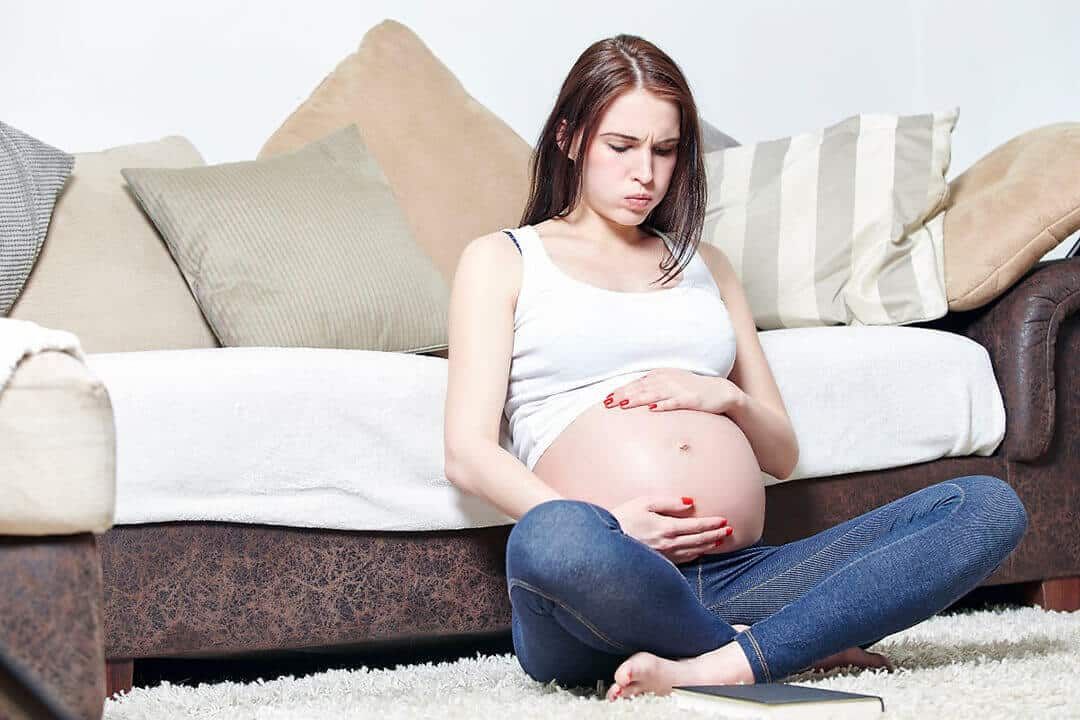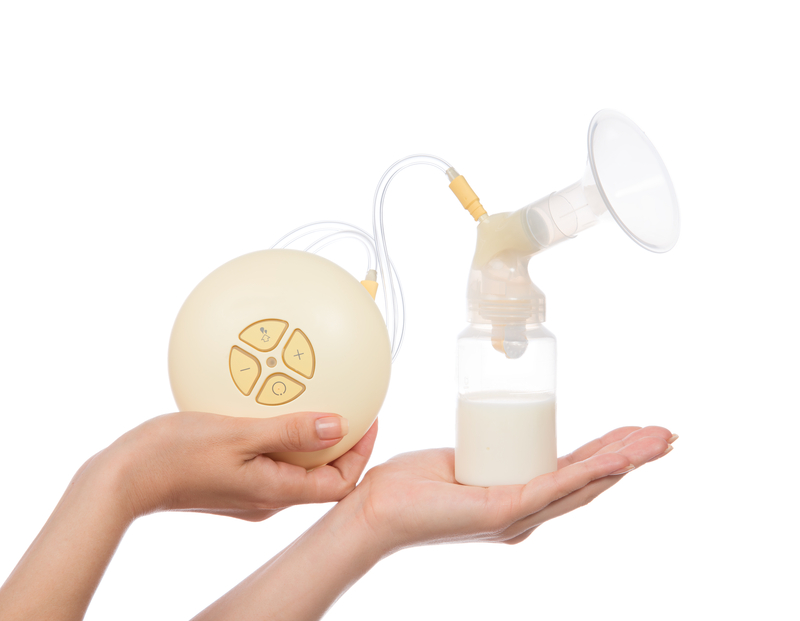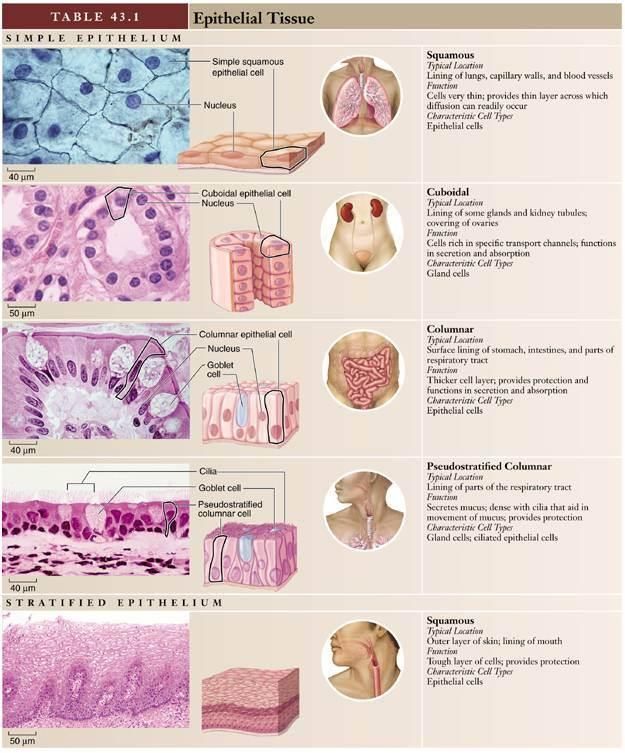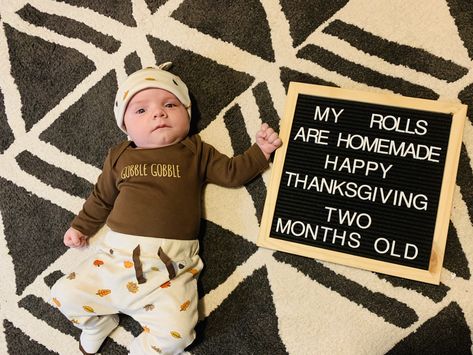Braxton hicks causes
Braxton Hicks Contractions: Causes & Relief
Toward the end of your pregnancy, you might start wondering how you'll know when you're in labor. It can be especially confusing if you experience contractions in the second or third trimester that go away without leading to labor. These are called Braxton Hicks contractions, and they're one of the ways your body gets ready for labor.
What Are Braxton Hicks Contractions?
Also known as "false" or "practice" contractions, Braxton Hicks contractions (named after the doctor who first identified them) are not actual labor contractions, but they are caused by the muscles of the uterus tightening, just as real labor contractions are. Braxton Hicks contractions help your body prepare for birth by tightening and relaxing the uterine muscles, although they're not actually opening the cervix. This will happen when true labor contractions start. Knowing how long your contractions last and how frequently they occur can help you determine whether you're experiencing real labor contractions or not. To help keep on top of this, download our guide to tracking your contractions.
What Do Braxton Hicks Contractions Feel Like?
Braxton Hicks contractions can be mild — you may detect sensations of tightening and relaxing of the uterus — but they can also be a bit more painful. These contractions may start out feeling something like familiar menstrual cramps, but can grow more intense in the final few weeks of pregnancy.
Luckily, there are a few ways to help ease the discomfort of these contractions, while also confirming that labor hasn't started yet. Try to change positions if you're seated or lying down, or go for a brief walk if possible. Movement can help these contractions subside. False contractions are also more likely to strike when you're dehydrated, so be sure to drink plenty of water, especially as your due date approaches.
When Can Braxton Hicks Contractions Start?
Braxton Hicks contractions usually start in the third trimester, although you might notice them in the second trimester as well. They may begin a little earlier if this is not your first pregnancy.
When these contractions begin in the second trimester, they are generally mild, and they're more likely to strike after physical activity, like exercise or sex. They'll usually pass quickly, but if they become painful or regular, let your healthcare provider know right away.
Braxton Hicks vs. True Labor Contractions
If you notice contractions before your 37th week of pregnancy, you might worry you're going into preterm labor at the first sign of a contraction. And, if your pregnancy is full term, you might be wondering whether the contraction you're feeling is another Braxton Hicks or if it's finally the real deal.
To help sort this out, familiarize yourself with the symptoms of labor. It also helps to know what Braxton Hicks contractions feel like, and to keep in mind the following differences between Braxton Hicks and true labor contractions:
If you're not sure whether you're experiencing Braxton Hicks or true labor contractions, consult your healthcare provider. And if you notice any of the following signs of labor, contact your provider right away:
Abdominal cramps or pressure
Changes in vaginal discharge (discharge that is clear, pink, or slightly bloody or brownish could mean the mucus plug has come out)
Dull lower backache
Your water breaking.
If you're stocking up your baby's room or your hospital bag with diapers and wipes for your newborn, don't miss out on the rewards you could be getting. Download the Pampers Rewards App today.
Braxton Hicks contractions can cause a little discomfort, but they're a completely normal part of pregnancy. They play a key role in helping your body prepare for the big day when you actually go into labor.
They play a key role in helping your body prepare for the big day when you actually go into labor.
How we wrote this article The information in this article is based on the expert advice found in trusted medical and government sources, such as the American Academy of Pediatrics and the American College of Obstetricians and Gynecologists. You can find a full list of sources used for this article below. The content on this page should not replace professional medical advice. Always consult medical professionals for full diagnosis and treatment.
What They Are, Causes, Treatments
Between all the trips to the bathroom, the reflux after every meal, and nausea galore, you’ve probably had your fill of less-than-fun pregnancy symptoms. (Where is that glow they always talk about?) Just when you think you’re in the clear, you feel a tightening in your tummy. And then another one.
Are these . . . contractions?
Don’t grab your hospital bag and rush out the door just yet. What you’re likely experiencing are called Braxton-Hicks or “false labor” contractions. Feeling them can be exciting and — sometimes — alarming, but it doesn’t mean your baby will be born today or even next week. Instead, Braxton-Hicks are a sign that your body is warming up for the main event.
What you’re likely experiencing are called Braxton-Hicks or “false labor” contractions. Feeling them can be exciting and — sometimes — alarming, but it doesn’t mean your baby will be born today or even next week. Instead, Braxton-Hicks are a sign that your body is warming up for the main event.
Braxton-Hicks contractions feel like a tightening in your lower abdomen. The degree of tightness can vary. You may not even notice some mild ones, but stronger contractions may take your breath away.
Some women describe them as feeling similar to period cramps, so if Aunt Flo does a number on you each month you know what you’re in for with Braxton-Hicks.
Unlike real labor contractions, Braxton-Hicks don’t get closer together. They come and go, whether weaker or stronger, without any sort of pattern.
These contractions may begin as early as 6 weeks into your pregnancy. That said, it’s likely you may not feel them until you reach your second or third trimester.
They may be infrequent at first, happening only a few times a day. As you enter your third trimester and get closer to delivery, your Braxton-Hicks contractions may happen multiple times an hour for hours on end (much like the questions from strangers about when you are due).
As you enter your third trimester and get closer to delivery, your Braxton-Hicks contractions may happen multiple times an hour for hours on end (much like the questions from strangers about when you are due).
They’ll be especially frequent if you’ve been on your feet a lot or are dehydrated. As a result, the contractions may stop after you rest, drink water, or change your position.
Again, Braxton-Hicks may gradually help thin and soften the cervix, but they won’t cause dilation for the birth of your baby.
Related: What do different types of labor contractions feel like?
So, how can you tell the difference between Braxton-Hicks and labor contractions? The good news is that there are some distinguishing factors that may help clue you in.
Keep in mind that any time you’re having contractions or wonder whether or not you’re in labor, it’s a good idea to contact your doctor or midwife.
| Braxton-Hicks | Labor Contractions | |
|---|---|---|
| When they start | Early on, but most women don’t feel them until the second trimester or third trimester | 37 weeks — any sooner may be a sign of premature labor |
| How they feel | Tightening, discomfort.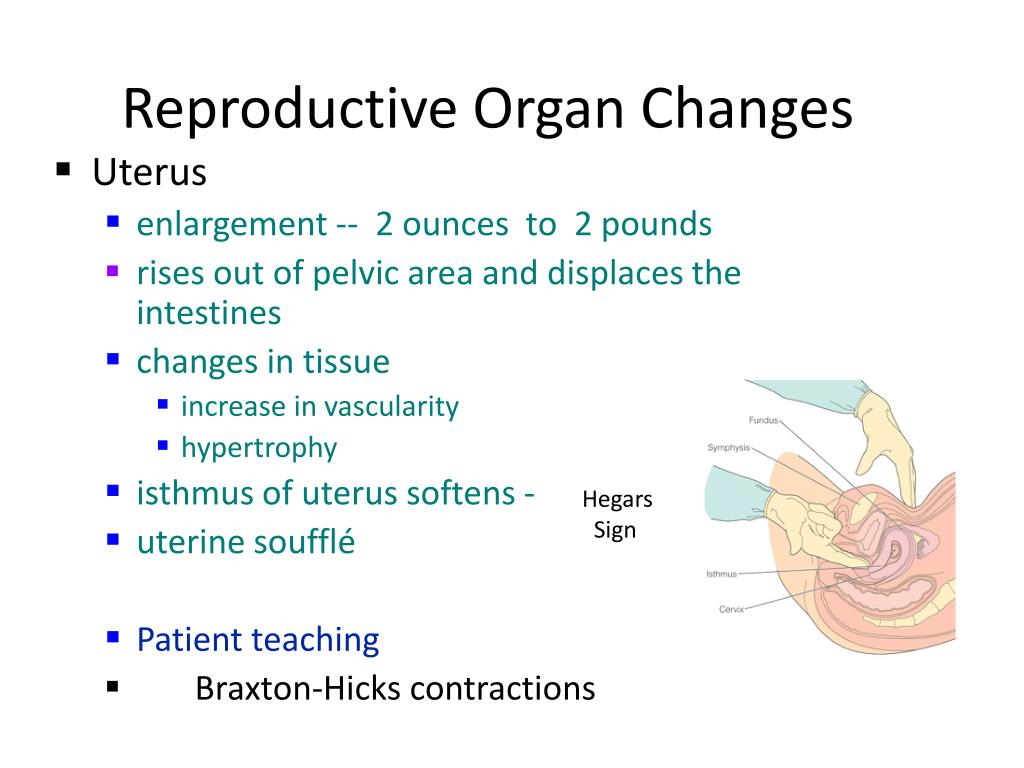 May be strong or weak, but don’t progressively get stronger. May be strong or weak, but don’t progressively get stronger. | Strong tightening, pain, cramping. May be so intense you can’t walk or talk during them. Get worse with time. |
| Where you’ll feel them | Front of abdomen | Start in back, wrap around abdomen |
| How long they last | 30 seconds to 2 minutes | 30 to 70 seconds; longer over time |
| How often they occur | Irregular; can’t be timed in a pattern | Get longer, stronger, and closer together |
| When they stop | May go away with changes in position, rest, or hydration | Don’t ease up |
The exact cause of Braxton-Hicks contractions isn’t known. Still, there are some triggers that seem to bring them about somewhat universally. Researchers say that’s because certain activities or situations may stress baby in the womb. The contractions may help to increase blood flow to the placenta and give your baby more oxygen.
Possible causes include:
- Dehydration. Pregnant women need 10 to 12 cups of fluid each day, so get yourself a water bottle and start drinking.
- Activity. You may notice Braxton-Hicks later on in the day after being on your feet too much or after doing strenuous exercise. Sometimes strenuous exercise may just be fitting into your maternity jeans. That’s okay.
- Sex. Orgasm may make the uterus contract. Why? Your body produces oxytocin after orgasm. This hormone makes muscles, like the uterus, contract. Your partner’s semen contains prostaglandins that may also bring about contractions.
- Full bladder. A full bladder may put pressure on your uterus, causing contractions or cramping.
Related: Contractions after sex: Is this normal?
After you’ve confirmed with your doctor that what you’re experiencing are Braxton-Hicks and not labor contractions, you can relax. Quite literally — you should try to take it easy.
There is no medical treatment needed for these contractions. Try focusing on resting, drinking more fluids, and changing your position — even if that just means moving from the bed to the couch for a while.
Specifically, try:
- Going to the bathroom to empty your bladder. (Yeah, like you’re not doing that every hour already?)
- Drinking three to four glasses of water or other fluids, like milk, juice, or herbal tea. (Hence all the bathroom trips.)
- Lying on your left side, which may promote better blood flow to the uterus, kidneys, and placenta.
If this method isn’t working or you’re experiencing a lot of Braxton-Hicks, don’t hesitate to ask your doctor about possible treatments. You may have what’s called an irritable uterus. While lifestyle treatments are preferred, there are certain medications that may help ease your contractions.
Related: Irritable uterus and irritable uterus contractions
Braxton-Hicks aren’t the only cause of abdominal pain and cramping during pregnancy.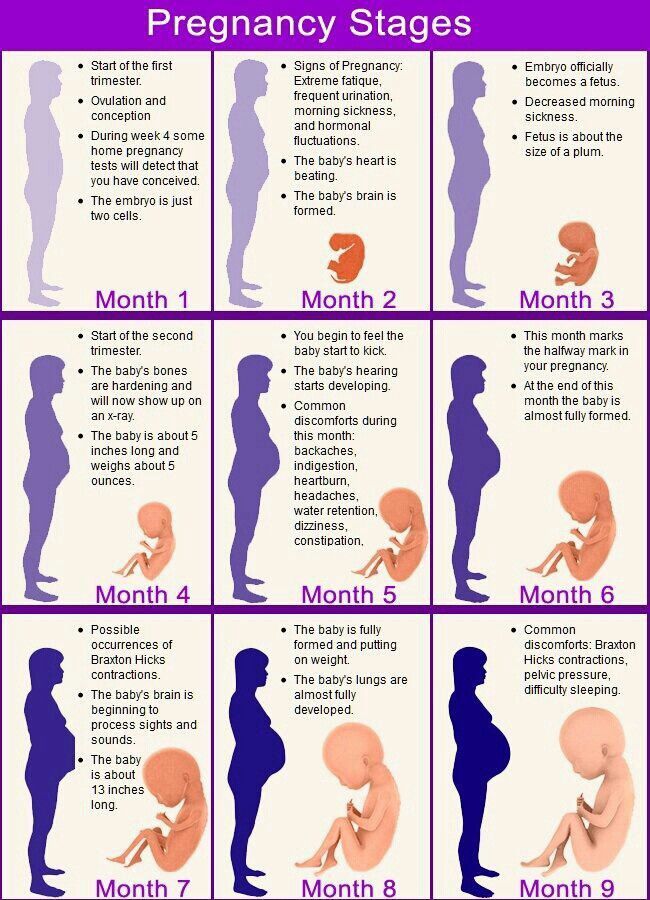 And labor isn’t the only other option. Consider if you might be experiencing one of the following conditions.
And labor isn’t the only other option. Consider if you might be experiencing one of the following conditions.
Urinary tract infection
As your baby grows, the uterus presses on your bladder. Besides making sneezing dangerous, this means you need to pee more, but it also means there’s more opportunity for urinary tract infections (UTIs).
Beyond abdominal pain, you may experience anything from burning with urination to more frequent/urgent trips to the bathroom to fever. UTIs can get worse and even impact the kidneys without treatment. You’ll need prescription medicine to clear the infection.
Gas or constipation
Gas and bloating may be worse during pregnancy due to high levels of the hormone progesterone. Constipation is another stomach issue that may cause discomfort and even pain In fact, constipation is quite common during pregnancy.
If increasing your fluid and fiber intake and getting more exercise doesn’t help matters, ask your doctor about laxatives and stool softeners to help get things, uh, moving again.
Round ligament pain
Ouch! Sharp pain on the right or left side of your belly may be round ligament pain. The feeling is a brief, shooting sensation from your abdomen to your groin. Round ligament pain happens when the ligaments that support your uterus stretch to accommodate and support your growing belly.
More serious issues
Placental abruption is when the placenta detaches either partially or entirely from the uterus. It may cause intense, constant pain and make your uterus very tight or hard.
Preeclampsia is a condition when your blood pressure rises to unsafe levels. You may feel upper abdominal pain near your rib cage, particularly on your right side.
These issues require immediate medical attention. So, if you think you are having Braxton-Hicks contractions but the pain becomes severe and doesn’t let up, get medical help as soon as possible.
Be sure to contact your healthcare provider any time you have concerns about your pregnancy. Specifically with contractions, you want to be on the lookout for other early labor signs before you reach 37 weeks gestation.
These include:
- contractions that grow stronger, longer, and closer together
- continual backache
- pressure and cramping in your pelvis or lower abdomen
- spotting or bleeding from the vagina
- gush or trickle of amniotic fluid
- any other change in vaginal discharge
- not feeling your baby move at least 6 to 10 times in an hour
Am I overreacting?
Don’t worry! You may feel you’re being pesky, but doctors and midwives get false alarm calls all the time. Addressing your concerns is part of their job.
It’s better to be safe rather than sorry when it comes to delivering your baby early. If you’re experiencing true labor, there may be things your provider can do to stop it if they’re notified in time and let your baby cook a little while longer.
Related: 6 telltale signs of labor
Still unsure if your contractions are real or “false” labor? Try timing them at home. Write down the time your contraction starts and when it finishes.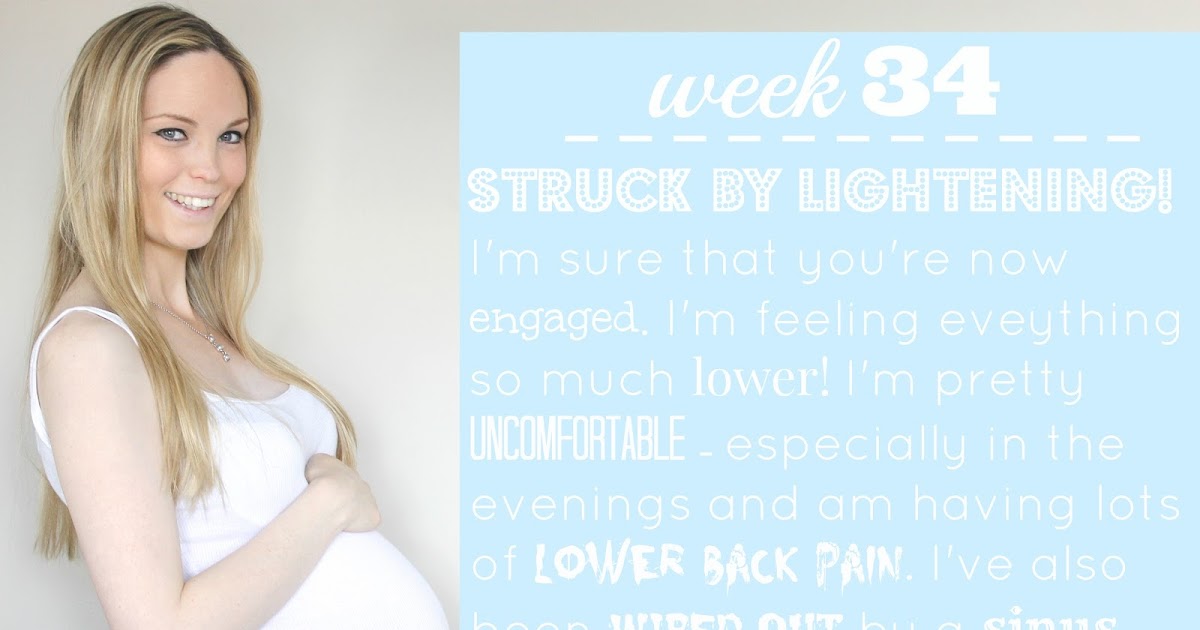 Then write down the time from the end of one to the start of another. Record your findings over an hour’s time.
Then write down the time from the end of one to the start of another. Record your findings over an hour’s time.
In general, it’s a good idea to call your doctor or midwife if you’ve had 6 or more contractions lasting 20 to 30 seconds — or if you have any other symptoms suggesting you’re in labor.
Otherwise, put your feet up (and maybe even get someone else to put some polish on your toes) and soak in these final moments before your little one arrives.
90,000 Braxton Hicks contractions. How to distinguish between false and real contractions?Braxton-Hicks contractions or false labor contractions are irregular contractions and relaxation of the muscles of the uterus as a way of preparing for true labor. They are thought to start around 6 weeks of gestation but are not usually felt until the 2nd or 3rd trimester.
False contractions are a normal part of pregnancy. They may be uncomfortable, but not painful. Women describe them as a feeling that feels like mild menstrual cramps or tightness in a specific area of the abdomen that quickly resolves.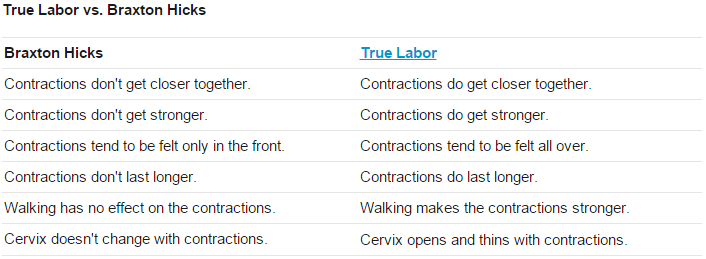 nine0003
nine0003
They are also irregular in duration and intensity, occur infrequently, are unpredictable and not rhythmic, and are more uncomfortable than painful.
Braxton Hicks contractions tend to increase in frequency and intensity towards the end of pregnancy. Women often mistake Braxton Hicks contractions for real labor. However, unlike real contractions, they do not dilate the cervix and result in the birth of a baby.
Braxton Hicks contractions occur when the muscle fibers of the uterus contract and relax. The exact etiology of Braxton Hicks contractions is unknown. However, there are circumstances that can cause them:
- when the woman is very active,
- when the bladder is full,
- after sexual activity,
- when the woman is dehydrated.
Common among all these circumstances is the potential stress on the fetus and the need for increased blood flow to the placenta to provide oxygen to the fetus.
- Change position or activity level: if you were very active, lie down; if you have been sitting for a long time, go for a walk.
 nine0014
nine0014 - Relax: take a warm bath, massage, read a book, listen to music or take a nap.
If you have Braxton Hicks contractions or if they continue and become more frequent and intense, you should see your doctor.
When assessing for Braxton Hicks contractions, there are a few key questions to ask yourself. We have prepared a table for you with questions, the answers to which will help you understand what kind of contractions you have:
| Braxton Higgs contractions | Real labor pains | |
|---|---|---|
| How often do contractions occur? | Irregular and do not increase over time. | Occurs at regular intervals and gets stronger over time. |
| How long do contractions last? | Unpredictable. They can last less than 30 seconds or up to 2 minutes. nine0048 | Lasts 30 to 90 seconds and gets longer over time. |
| How strong are the contractions? | Usually weak and either stay the same or get weaker and then disappear.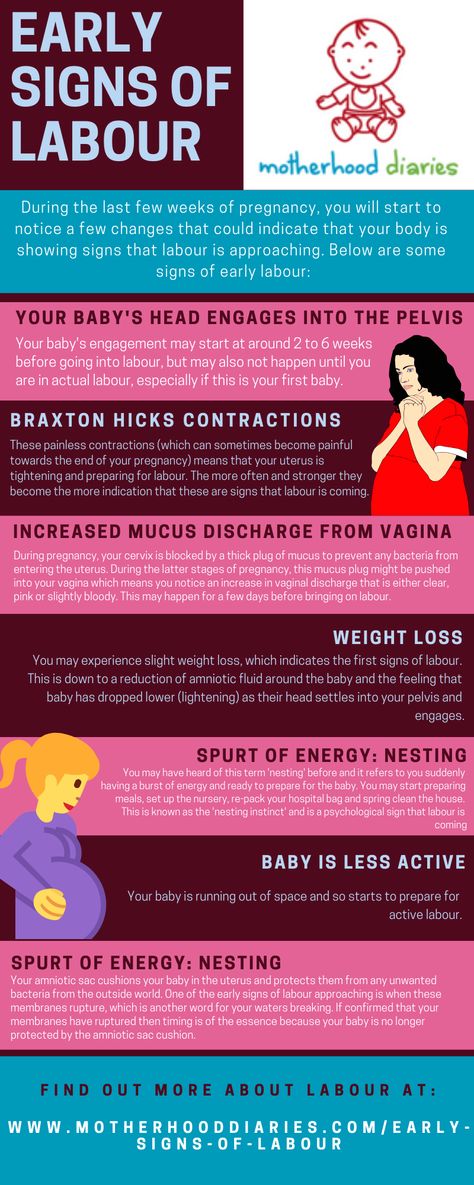 | Increase over time. |
| Where do contractions feel? | Often only felt in the front of the abdomen or in one specific area. | Begin in the middle of the back and wrap around the belly towards the midline. nine0048 |
| Do abbreviations change with movement? | May stop if activity level changes or if woman's position changes. | Continue and may even get worse with movement or change of position. |
Back to article list
Braxton-Hicks contractions or false contractions
The concept of "Brexton-Hicks contractions" originated sometime in the late nineteenth century, when a physician named John Braxton Hicks described labor pains that weren't really real. nine0003
In 1872, John Braxton Hicks, a renowned British midwife, paid particular attention to the pains that pregnant women complained of during the second or third trimester. The doctor noted that these painful contractions felt by women in the pelvic area do not indicate preterm labor, but disappear if the pregnant woman changes position, drinks more fluids or does light exercise during the day. And today, pregnant women are subject to this type of uterine contractions, although the time of delivery is still far away. For this reason, these contractions are also called "false" or "trial" contractions. nine0003
And today, pregnant women are subject to this type of uterine contractions, although the time of delivery is still far away. For this reason, these contractions are also called "false" or "trial" contractions. nine0003
There are pregnant women who do not feel such contractions at all, while in others it occurs from the very beginning of pregnancy, although mostly false contractions appear in the third trimester, more often after the 38th week of pregnancy. Unlike true labor, Braxton Hicks contractions are unpredictable, rare, irregular, do not become more intense over time, and tend to disappear suddenly. They are not accompanied by pain, you just feel that the uterus "tightened up" and became like a ball. There are times when these contractions become painful, but generally feel like muscle tension. For some women, they may look like menstrual cramps. nine0003
As there is nothing accidental in pregnancy, so these contractions do not just happen: in this way the uterus, trying to contract, is preparing for childbirth. Some doctors believe that these contractions are meant to prepare the cervix for childbirth and help dilate the cervix during the last trimester of pregnancy.
Some doctors believe that these contractions are meant to prepare the cervix for childbirth and help dilate the cervix during the last trimester of pregnancy.
If you have contractions that are irregular in intensity, rare and unpredictable, short (30-60 seconds - maximum 2 minutes) contractions that do not have a certain rhythm (when labor begins, the contractions will occur in a certain rhythm) it is probably contractions Braxton Hicks. nine0003
Statistics show that, on average, nine out of ten women experience Braxton Hicks contractions during their first pregnancy.
For any unclear questions (especially if you are already in the third trimester), contact your doctor, only in this way you will receive reliable information!
Triggers
Cramps are caused by high levels of estrogen in the body (normal during pregnancy) and uterine contractions (30 seconds to 2 minutes) to facilitate blood flow to the placenta. nine0110 What could be the causes of contractions:
- excessive activity of mother or child
- various alien touches
- presence of dehydration
- intense sexual activity
- full bladder
- stressful situations.

What should I do about Braxton Hicks contractions?
- body position can be changed
- take a warm shower or bath (no more than 30 minutes)
- drink water, herbal tea or milk
- use the relaxation technique, you need to breathe calmly
- can change movements
- you need liquid, drink it as often as possible and in large quantities (at least eight glasses of water, milk or juice per day)
- should take a walk. It happens that Braxton-Hicks contractions quickly disappear after a pregnant woman takes a walk
- you can just relax or even try to get some sleep
- you can ask someone to give you a massage.
How can you tell false contractions from labor pains?
Especially at the end of pregnancy, pregnant women begin to worry that these contractions are no longer trial.
- labor pains are fairly easy to distinguish from Braxton-Hicks contractions by several criteria:
- labor pains occur every ten minutes, and there are more than five contractions per hour (the muscles of the uterus contract, causing considerable discomfort, and dull pain in the abdomen may also be felt ) nine0014
- periodic contractions in the abdomen (lower part) or back
- Presence of pressure in the vagina or pelvis
- presence of colic similar to menstrual colic; there is bleeding
- Fluid leaks
- nausea and vomiting are observed in a pregnant woman, and the presence of diarrhea is also possible.

When should I see a doctor?Call your doctor if you are under 37 weeks, if your contractions are increasing in frequency, more painful, or if you have any of the signs of preterm labor:
- increased vaginal discharge, spots or bleeding
- increased back pain and pelvic pressure
- frequent rhythmic contractions growing in intensity - more than four contractions per hour
- pain in the abdomen, as during menstruation, or cramps
- less than ten fetal movements in one hour
- strong feeling of nausea, vomiting, diarrhea.
Braxton Hicks contractions are a new experience for many pregnant women, but they are completely harmless. To avoid additional worries, you can discuss with your doctor all the questions that concern you (notify him as soon as you notice these abbreviations in yourself). nine0003
You can also start a small "diary" of contractions, at least for 2-3 days, so you can find out what exactly causes them (a full bladder that needs to be emptied, or, conversely, you are not drinking enough fluids), for how long they continue, and so on.
